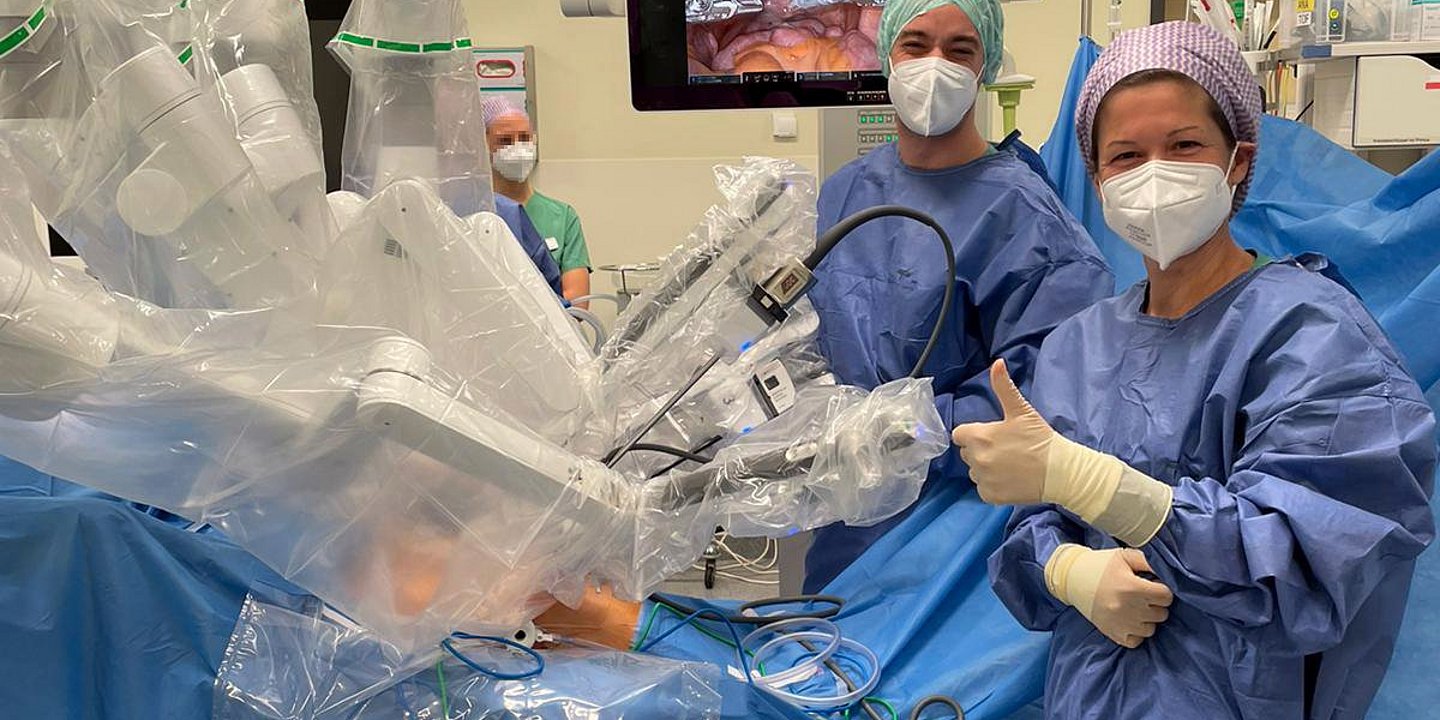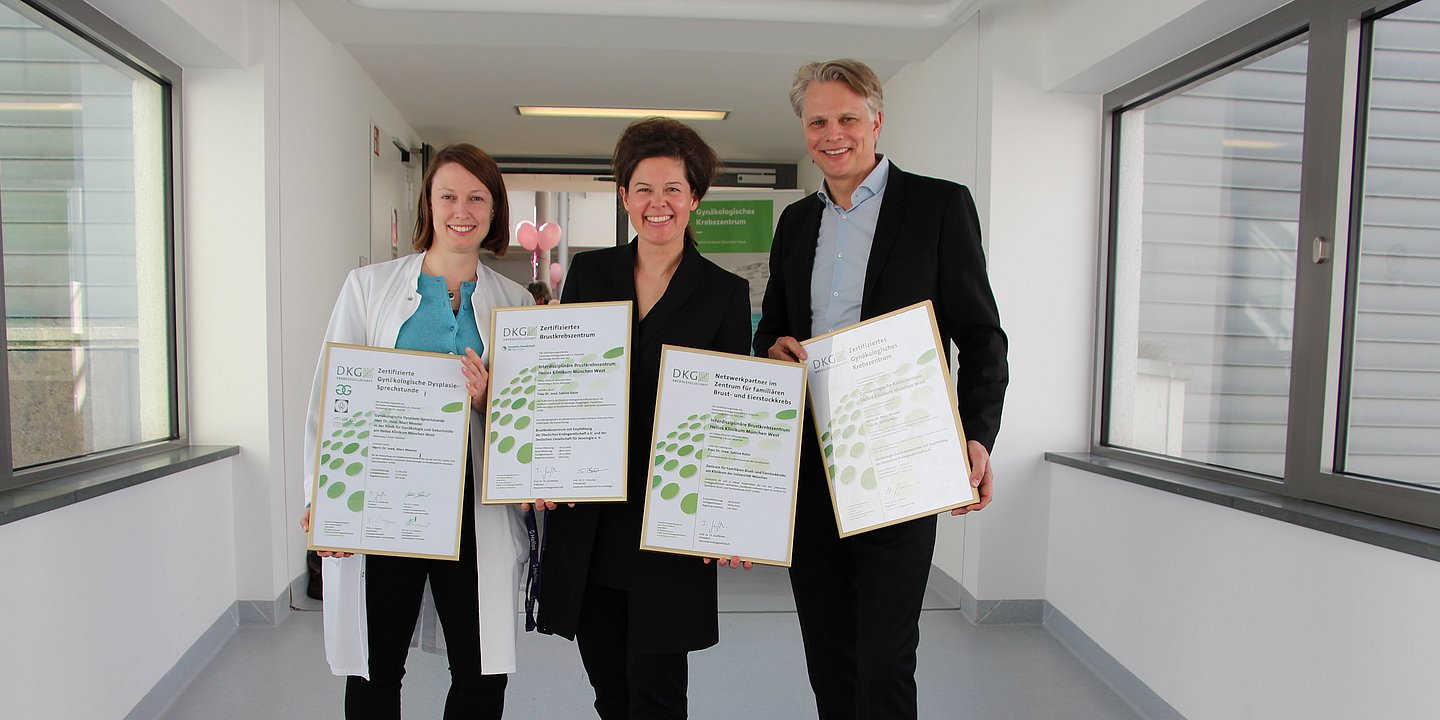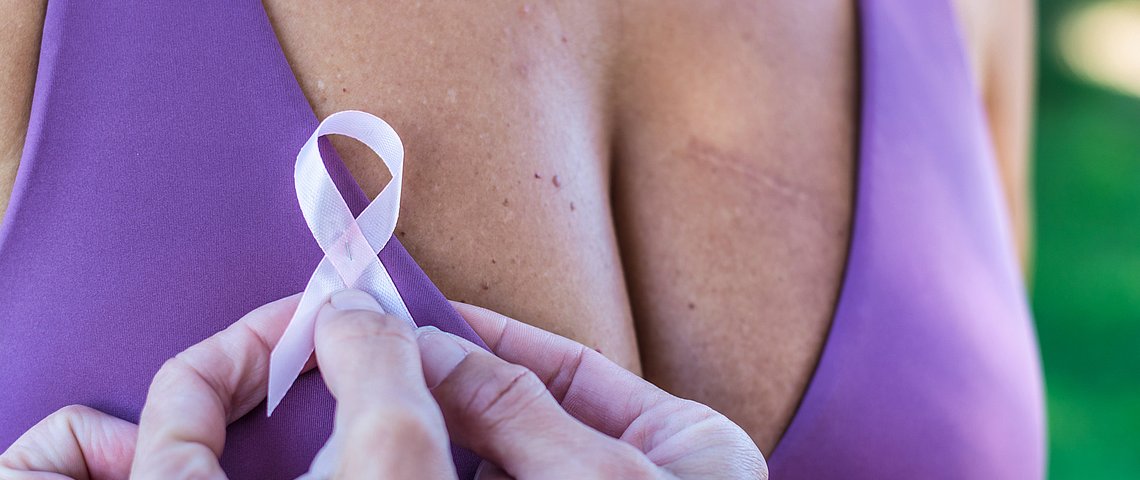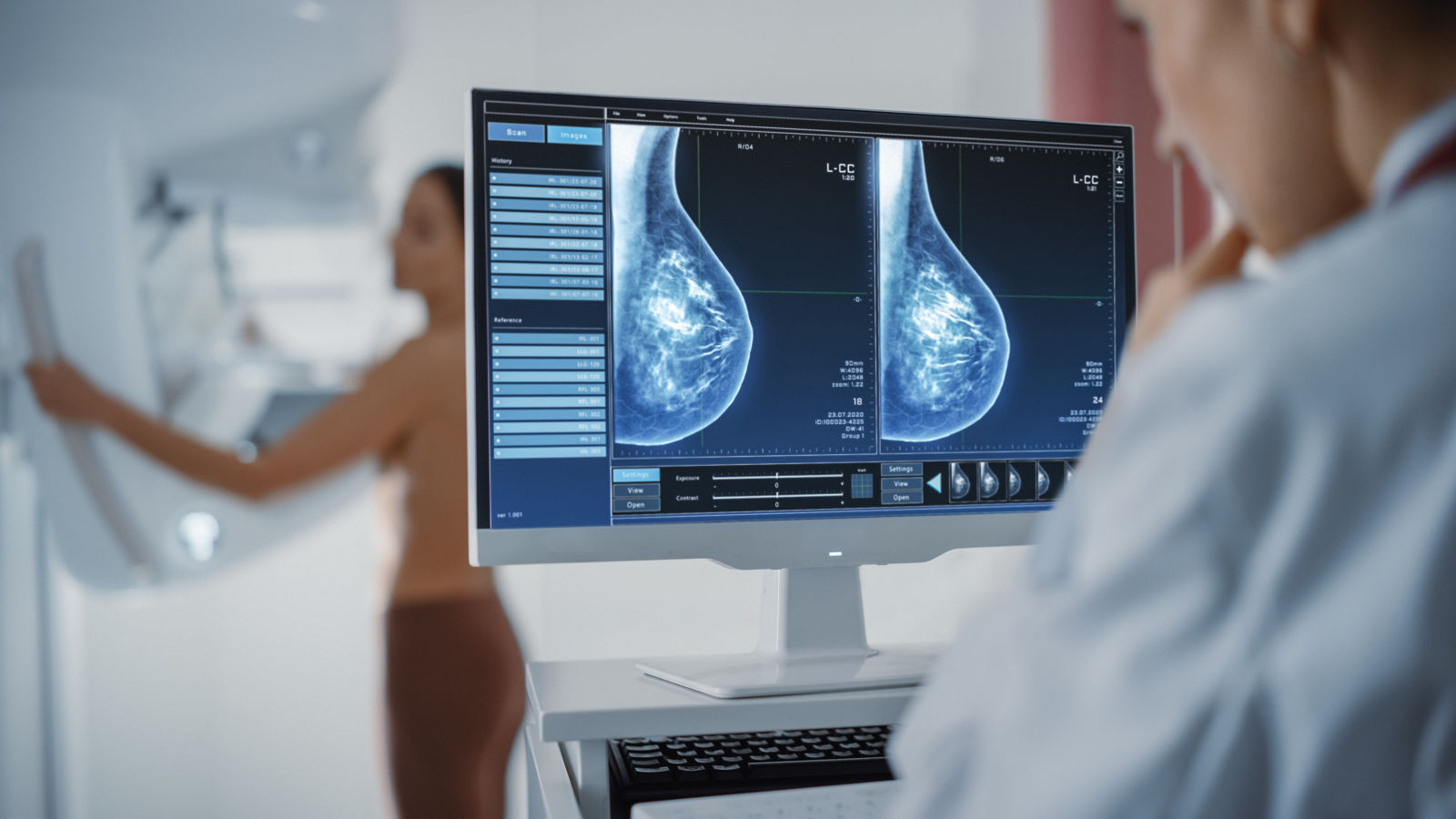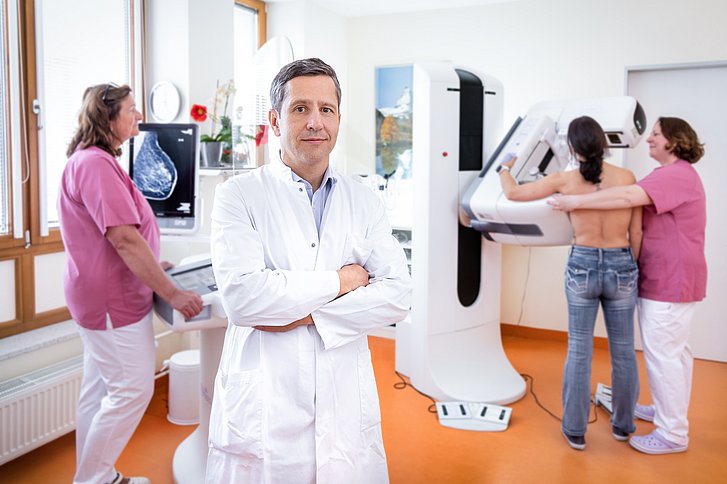
Learn to know your breast - breast palpation
The majority of all cases of breast cancer are discovered by the women themselves, often even by chance when showering or applying cream. However, deliberate palpation of the breast is not difficult at all - and is still an excellent measure for early cancer detection.
We will explain step by step how to palpate your breasts correctly, when the best time to do so is, how often you should examine yourself and which observations you should discuss with your doctor immediately.
Why regular breast palpation is so important
Changes in the breast can occur in women at any age. Men can also be affected, but much less frequently. Self-examination at home is a good way of noticing changes such as lumps in the breast at an early stage. However, it is not a substitute for attending medical screening examinations.
When and how often you should palpate your breast
The specialist associations recommend that you palpate your breasts carefully once a month and also look at them in the mirror. This way you will also notice any visual changes such as redness or swelling.
Breast palpation before the menopause
As long as women still have their regular cycle, it is best to palpate the breast one week after the start of the last period. At this time, the breasts are particularly soft and changes can be easily felt. Towards the end of the cycle, the glandular tissue swells under the influence of hormones and becomes harder.
Breast palpation after the menopause
With the onset of the menopause, the breast tissue is softer overall. You should then palpate your breasts every month at a time of your choosing - for example on the 1st, 15th or 30th of the month.
How to palpate the breast correctly
- Step 1: Palpate the breast in front of the mirror
The best way to start your self-examination is with a visual inspection. Stand in front of the mirror with your upper body exposed. First look at your breasts with your arms hanging down, then with your arms stretched upwards. Pay attention to the shape and size of your breasts. Are there any changes? Do you see any protrusions, indentations, redness or thickening of the skin on your breasts?
- Step 2: Palpate the chest while standing
In the second step, the breast is palpated in a standing position with a flat hand. The left breast is palpated with the right hand and the left breast with the right hand. The breast should then be palpated with the fingers. The entire mammary gland is palpated with gentle, circular up and down movements from the outside to the inside with varying degrees of pressure in order to rule out any unevenness, hardening, lumps, etc.
To detect fluid secretions from the nipple, the nipple should now be gently squeezed. In the case of fluid secretion, pay attention to the color and consistency. Do not forget to palpate the areas around the armpit and collarbones. This serves to rule out swelling of the lymph nodes.
- Step 3: Palpating the chest while lying down
In the third examination step, the breast is palpated while lying down. This makes it easier to examine and assess the lower area close to the chest wall. When palpating the armpits while lying down, a lateral position can simplify the examination. It is important to systematically palpate all parts of the breast and to assess the gland directly under the skin and in depth.
What you should know before your first breast palpation
Many young women are surprised that their breasts feel more lumpy than they expected. However, it is quite normal, especially in young women, for the mammary gland to appear firm, small-boned and irregular due to the extensive glandular tissue. Only after the menopause does the glandular tissue slowly recede and the gland becomes softer. Through regular self-examination, women get to know their breasts and can more easily detect changes in the breasts through regular repetition.
When you should see a doctor
If you notice any abnormalities during your self-examination, you should consult a specialist as soon as possible. They can then discuss the next steps with you.
A professional palpation examination by a doctor
The gynecologist also initially relies on his hands and performs a palpation examination of the breast. "If the findings are uncertain or suspicious, the patient is promptly referred to the radiology department or a certified breast center for further breast diagnostics," says the expert. How the diagnosis is then proceeded with also depends on the woman's age. In most cases, a mammosonography, i.e. an ultrasound examination, is carried out first. It is uncomplicated and risk-free and allows, among other things, an assessment of cysts and other benign changes.
For women over the age of 40, a mammogram, a special X-ray examination of the breast, is often also scheduled. However, if there are symptoms such as lumps or changes in the breast, a combination of mammography and sonography should always be carried out. And in the case of suspicious changes, a histological examination (e.g. vacuum biopsy or punch biopsy) is also necessary. A breast MRI could also be considered as an additional examination.


